Little by Little, USM Alumna Lee Collier Harper is Capturing Mississippi’s Icons in Miniature
Wed, 01/24/2024 - 01:04pm | By: David Tisdale
The entry for Mississippi in Britannica.com notes that the Magnolia State’s “Enduring sense of place and history has been manifest in its commitment to the preservation of its historic landmarks, artifacts, and furnishings of the past.”
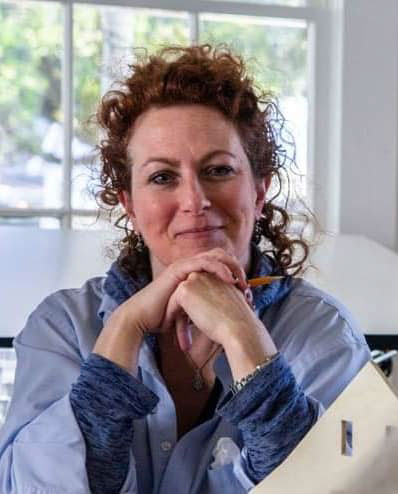
With a keen eye for detail and authentic passion for her subjects, artist Lee Collier Harper, a University of Southern Mississippi (USM) alumna (B.A., ’92), shares that sense of place and commitment to preserving the memory of the icons dotting her home state’s landscape through her work as a miniaturist.
Her diminutive versions of Mississippi’s notable and deeply revered locales are of no small consequence to fans of Harper’s work. Some of the places she’s recreated as dioramas are alive and well, some lost to history - from such beloved venues as Jackson’s Mayflower Café to The Hoka in Oxford and the art deco edifices that are Jackson’s Standard Life Building and the Threefoot Building, the latter in her native Meridian - among many others.
Harper, an Oxford, Miss. area resident, says she’s “always been a maker of things” but never set out to create small scale models of Mississippi’s famous and infamous addresses. Her miniatures journey began when she combined her love of “making stuff, storytelling, research, and history.”
“It just sort of happened,” she explained. “It's really fascinating to create these little worlds that hold a lot of memories and emotions for so many people.”
A book featuring images of her replicas with accompanying text, Tiny Oxford, includes many old favorites among locals, many no longer around, including The Hoka, a popular movie house/café.
“The first official model I made was of The Hoka, a long-gone and beloved spot for many folks who’ve lived here or went to school at the University of Mississippi,” she said. “I made it on a whim, and the reaction was completely overwhelming. Folks were telling me about the wild times they'd had there, the films, their favorite dishes, the graffiti on the bathroom walls, stories of Ronzo (The Hoka’s late owner, Ron Shapiro). It was so much fun.
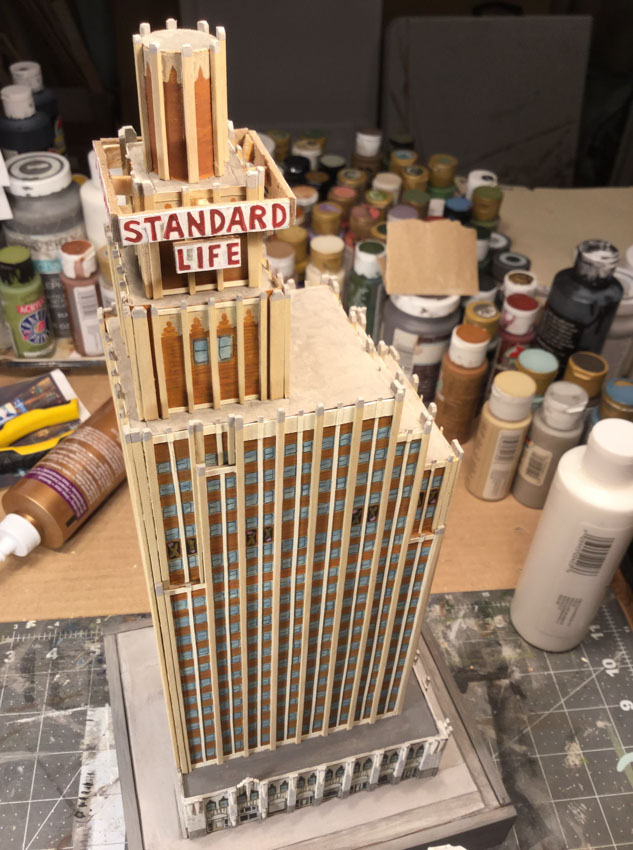
“The next thing I knew, people were asking for [recreations of] all kinds of places.”
Her productions result from such requests or her own interest in a project. “I mainly work on commissions but do manage to sneak a few in that I just want to do. Everything from bars, restaurants, their grandparents’ old farmhouse, boats, you name it.”
Harper employs thin sheets of wood, hard cardstock, toothpicks, different types of textured papers, clay, and even found objects in the production of her models, “honestly, anything I can get my hands on,” she said.
“I paint, whittle, and sculpt all kinds of things,” Harper continued. “All of my work is handmade, and I believe that gives it a more genuine feel, unlike mass-produced pieces. The sizes and scale of each piece differ a lot as well, so I just eyeball the individual elements until they feel right. I have a simple knife for cutting and carving, along with several small files to be able to sand in small areas. Gorilla Glue Gel is my absolute go-to, for speed and durability. I'm too impatient for regular glue and hot glue will ‘give up the ghost’ after a while, which I learned the hard way long ago.”
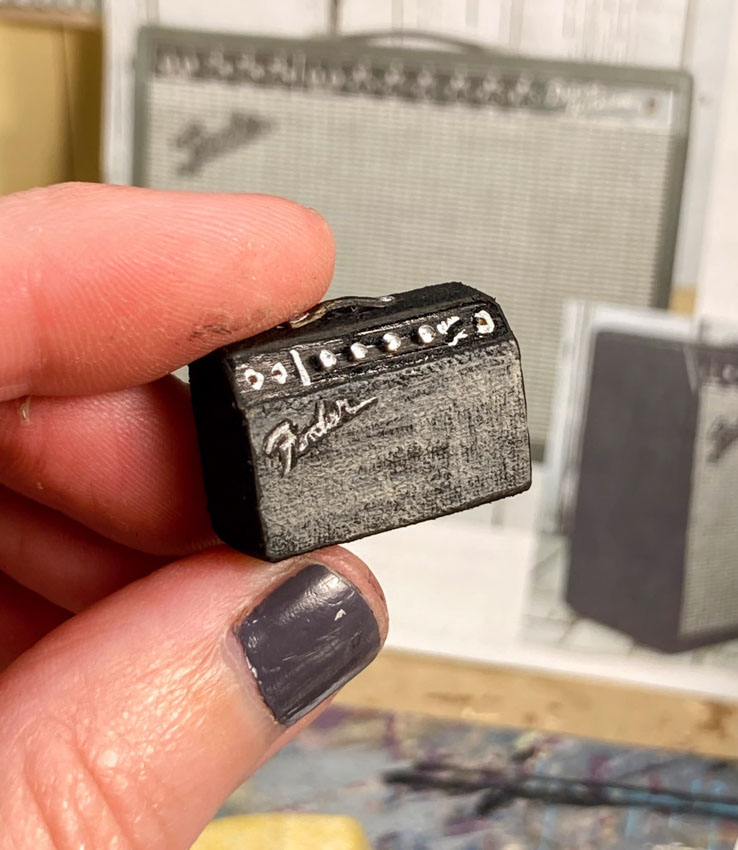
The exact scale of her miniatures depends on the scope of the commission request. “If it's just the exterior of the spot, it can be really small, but if they want the interior done as well, it really does need to be a bit larger,” she said.
Leaving no stone unturned in quest for details
For recreations of those structures long gone, Harper first seeks out images of the place, whether photos, drawings, or paintings, which sometimes proves challenging.
“I've had to hunt down folks to look in their junk drawers for old photos of some spots, if they're not around anymore,” she said. “Obviously, before we had cell phone cameras, we didn't just take pictures of everything all the time. You'd drop a film roll off at Eckerd's [drug store] and hope for the best. I also do a ton of research online, digging for photos, videos, and other visual details of the spot.”
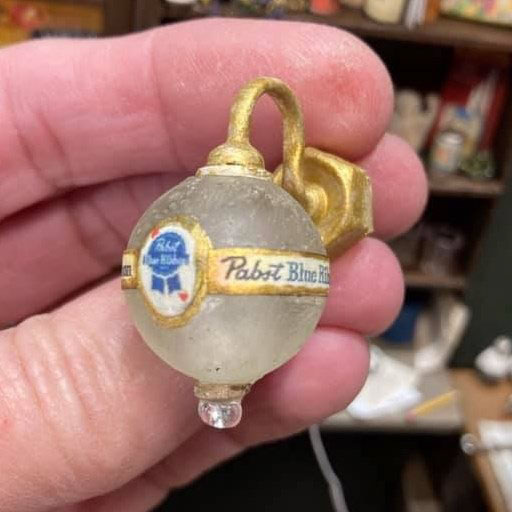
While the scale of her projects is small, Harper never gives short shrift to their unique details. Intricacy is in full view with each, whether it be the canvases and paintbrushes in recreations of artist Walter Anderson’s Oldfield home and studio in Gautier, the Coca-Cola signage for Bentonia’s famed Blue Front Café juke joint, the Pabst Blue Ribbon Beer-branded lamp in the upstairs bar at Oxford’s City Grocery restaurant, or recaptures of the familiar, well-worn furnishings in Junior Kimbrough’s Blues Joint outside Holly Springs.
With physical recreation of each venue, Harper says the hardest part of the particularly difficult projects involving more intricate details is the engineering of support systems/framing of the structure and constructing walls that swing open for access, as examples.
But for Harper, the more details that are included, the better.
“Those are what make each special and, hopefully, prompt memories for folks to share of their stories of the spot.”
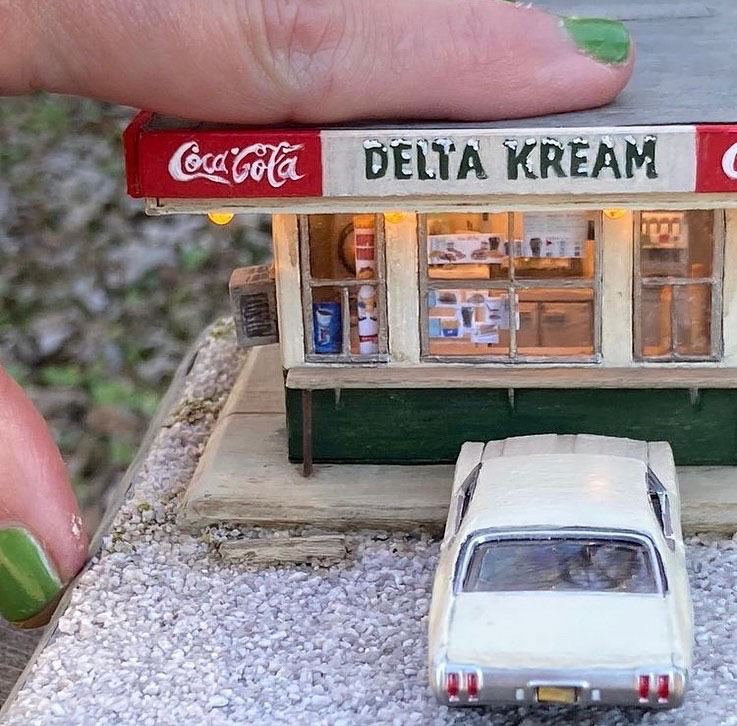
And share they have. Harper says responses come via in-person exchanges, phone or letters and email to include how one person’s parents went out on a date in high school at a certain café or restaurant she recreated. Another model of a renowned eatery brought back a flood of memories for one of its customers who often took lunch there with his dad; another recounted her mom waiting tables at the same diner, while the reproduction of another locale triggered memories of its legendarily creepy restroom.
“I love it when people tell me their tales of each place,” she continued. “These stories never get old to me.”
More state landmarks on artist’s replica radar
Harper’s bucket list includes several more spots around Mississippi to meet her goal of having a well-rounded collection to publish a “Tiny Mississippi” book. “I have loads of Oxford spots, hence the Tiny Oxford book, as well as Jackson, Meridian, and a few from the coast, but I need more to reach the whole state,” she said.
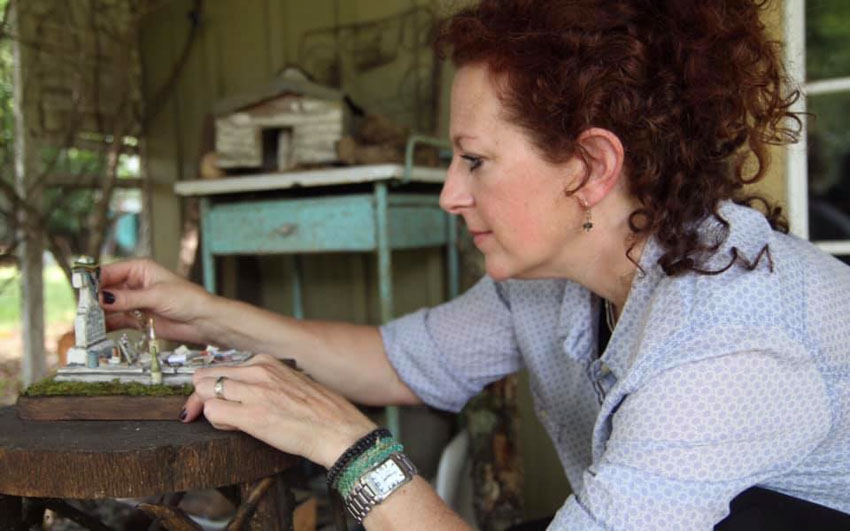
With no letup in her schedule, Harper is on course to meet that goal, with news productions of dioramas depicting Mississippi’s treasured landmarks. In 2023, she was asked by the staff of the Walter Anderson Museum of Art in Ocean Springs to create a miniature of the famed Gulf Coast artist’s 1940s Oldfields residence and studio in nearby Gautier, the centerpiece of a well-received exhibit at the museum last summer.
Harper describes the Oldfields assignment as “an absolute dream job, the project of a lifetime,” but not without its challenges.
“One of the problems was that while there are photos of the exterior of the home, there are only three of the interior and they're all of the attic space he worked in,” Harper explained. “My job was to figure out the rest of the rooms in the house. So, I researched everything I could on the home, including his (Walter Anderson) wife Sissy's journals, books, and interviewed his children to mine their memories for more details. The project even included researching early 20th-century furniture, radios, gramophones, and the like, which I adore doing.
“If you visit the museum, they've got a hot spot kiosk where you can see and listen to lots of stories and memories that go with items in the rooms of the home. Nothing is in the house randomly; each little detail has a story behind it.”
Mattie Codling, deputy director and chief curator for the Walter Anderson Museum of Art, said that before working with Harper on the project, she had followed the artist’s work on social media.
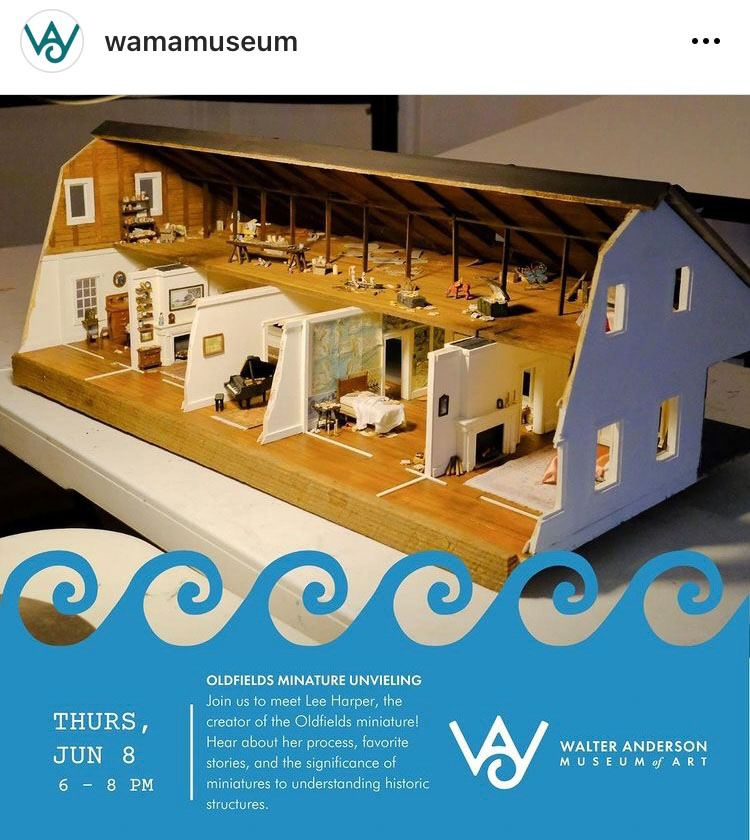
“I was enthralled with her creations that were a dedication to history as well as creativity,” Codling said. “In 2022 we launched the exhibition, ‘Return to Oldfields’, featuring the 1845 house that was heavily damaged in Hurricane Katrina. With this exhibition we knew we wouldn't be able to take people into the physical building, but wanted to give them some idea of the structure and how the Andersons lived in the home in the 1940s. That's where Lee came in.”
Codling noted that with the support of a grant through the Mississippi Gulf Coast National Heritage Area, the museum was able to commission Harper to create a miniature of the house as it would have looked circa 1945 as Anderson was creating his large-scale linoleum blocks in the attic of Oldfields.
“Lee is meticulous in her research, attention to detail, and humanization of places,” Codling continued. “Most of the interior of the Oldfields Miniature had to be created based on oral history accounts and research of domestic furnishings from the period. She created a magical space for us to see what had been living in our heads this whole time - she allowed people to enter into the story of Walter Anderson through a completely new angle. I cannot say enough about how incredible I find her work to be.”
Codling also emphasized the significance of Harper’s project with respect to the current condition of the Oldfields home, and threats to its very existence from Mother Nature.
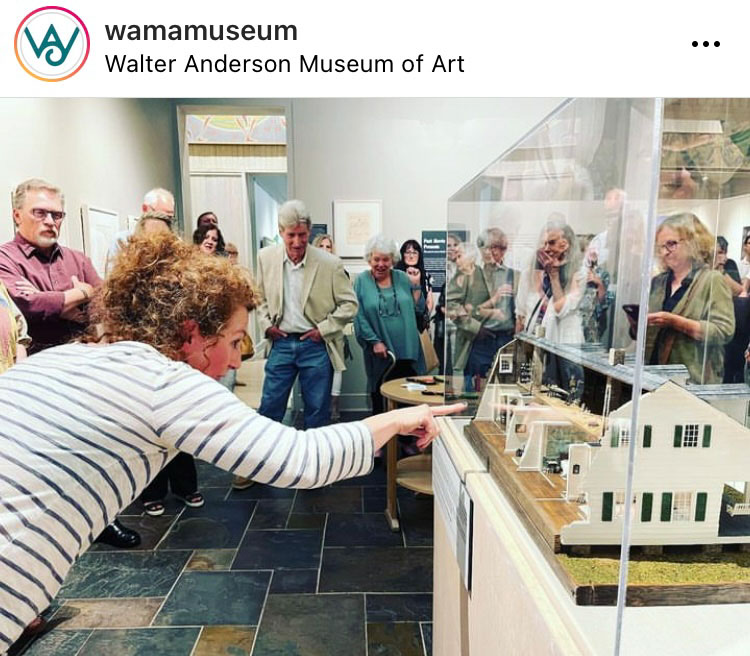
“This project is also incredibly important for the preservation of a unique story and piece of history on the Gulf Coast,” she said. “The Oldfields structure is not in a state that it can be visited by the public. There is also the imminent threat of violent hurricanes and storms to the region.
“We know that Oldfields will not last forever and a valuable piece of Mississippi history will be lost when the old home goes. But thankfully, through Lee’s work, Oldfields and many other structures like it are preserved along with their stories.”
Harper recently completed work on a recreation of notable Mississippi blues musician Junior Kimbrough's juke joint, “Junior’s Place,” located near Chulahoma (outside Holly Springs). The project will be the focus of a show set for Feb. 15 at Meridian’s The MAX Arts and Entertainment Center, when Harper will be interviewed by Mississippi blues music photographer Bill Steber about her recreation of the popular nightclub.
“Junior’s Place burned down in 2000, so I had to use tons of his photos of the place for reference,” she said.
USM provided foundations for artistic inspirations
Harper majored in art at USM while also taking courses in the humanities as part of a wide range of interdisciplinary study she says continues informing her work today.
“I started there as an art student, but branched out into English and philosophy as well,” she recalls. “Honestly, I think the combination of all those areas, as well as some history and cultural anthropology classes, shaped what I'm doing today. I loved the English department and was thrilled I had a class with the Faulkner scholar, Dr. Noel Polk.
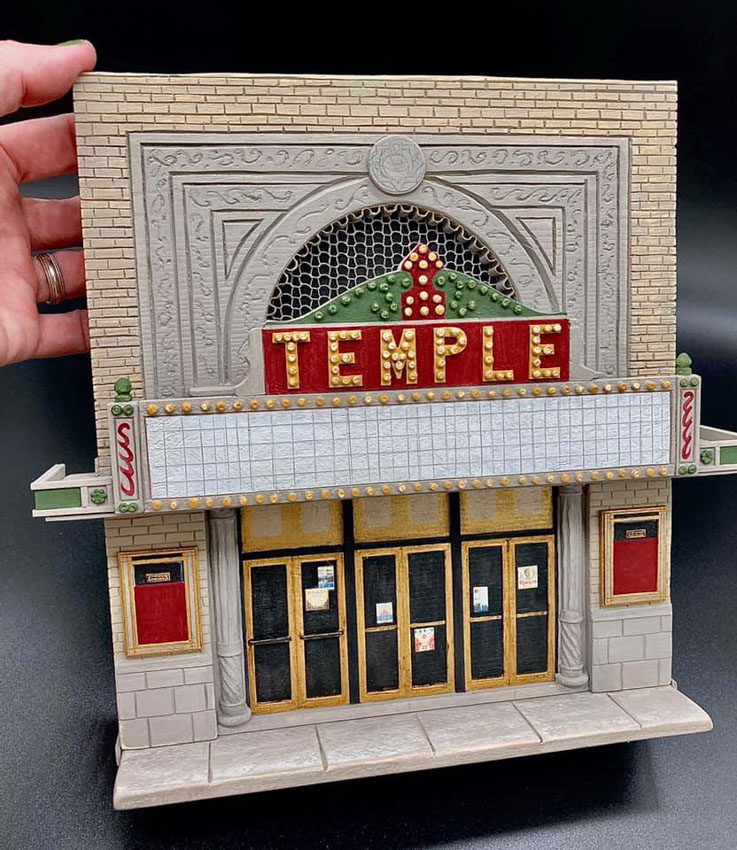
“Not until I combined making things with my love of history and storytelling and all I learned at USM did I find my niche. It’s taken a while, but I've finally found my sweet spot.”
Harper was also a student worker in USM’s internationally renowned de Grummond Children’s Literature Collection, which features original materials associated with some of the genre’s most celebrated names, including Ezra Jack Keats, Randolph Caldecott, John Newbery, Kate Greenaway, H.A. and Margret Rey, among many others. Scholars and educators from across the United States and around the world regularly visit the collection to conduct research and reflect on the work of the authors and illustrators housed there.
“Some of my most treasured time at USM was working in the deGrummond Collection,” Harper said. “I didn't realize it at the time, but it made quite an impression on me. Seeing all the original pieces from illustrators, their rough drafts, notes, and mock-ups let me know this kind of thing [career in the arts] was possible. It’s an incredible collection, and I feel really fortunate to have worked there.”
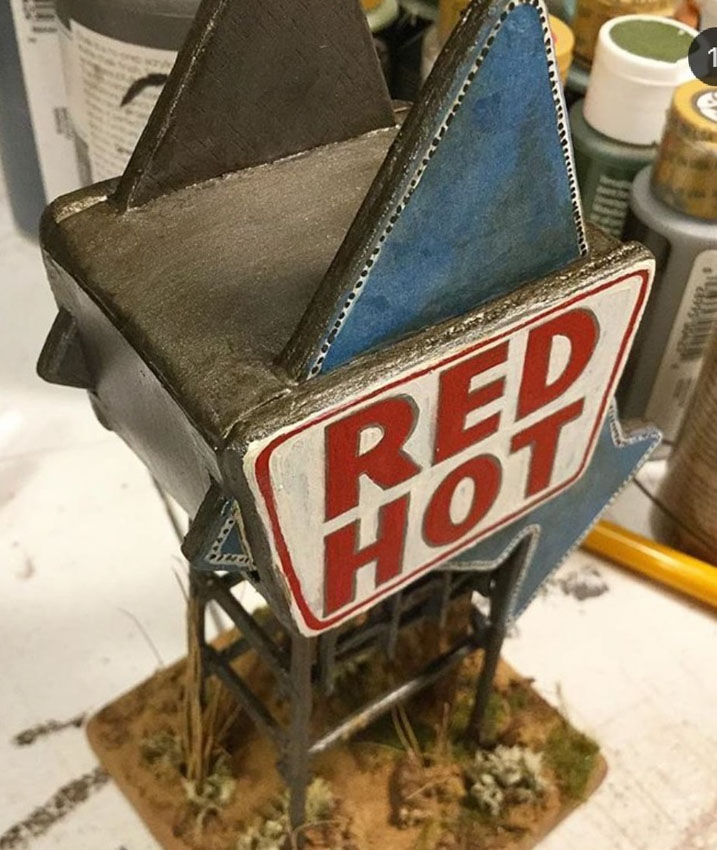
Harper’s primary job at de Grummond was managing the travelling Ezra Jack Keats collection, a task she recalls fondly.
“It (travelling collection) included several of his original collages used to print published books,” she recounted. “I repaired frames, packed and unpacked the pieces, and generally made sure the collection went out to schools on time. I’m still a huge Keats fan to this day, and so proud to say I worked there. I think most people don't realize what an incredible collection it really is.”
Dee Jones, former curator for the de Grummond Collection, remembers Harper as the
ideal student worker who “checked every box” for who was needed to complete the job’s
required tasks.
“During my 30 years as curator of the collection, I hired and supervised more than
100 student workers, and Lee Collier was one I’ve always fondly remembered,” Jones
said. “The position she applied for required a serious, yet enthusiastic person with
a wide range of skills and characteristics - creativity, a mature respect for the
fragility and irreplaceable nature of the original art pieces with which they would
work and, most importantly, an eye for detail - all necessary to successfully complete
the job’s varied assignments.
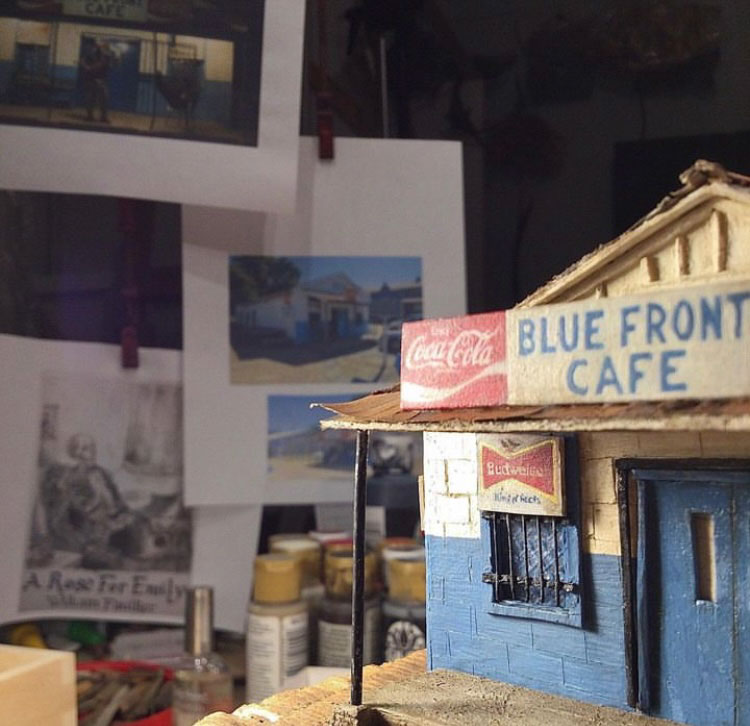
“Not required, but certainly welcome, was her bubbly personality. Fortunately, Lee remained employed with us until her graduation.”
Jones said that while working with the original collages of Keats’ work, Harper received
an “unofficial education” with an insider’s view of a professional artist’s process,
from the first idea to the completed project.
“It comes as no surprise to me that Lee has combined that experience at the de Grummond
Collection with her creativity and keen sense of historical authenticity to become
an outstanding miniaturist,” Jones said. “Oxford and Mississippi culture are richer
for her continuing contributions as a visual artist. She’s a welcome addition to the
growing cadre of notable Mississippi creatives.”
A not-so-small reputation for Mississippi in miniature gains notice
Harper’s miniatures have earned wide attention, having been featured in Southern Living, the Austin (Texas) American-Statesman, Delta Magazine, Garden and Gun Magazine and MississippiFolkLife.org, among other media outlets spotlighting her art. And while she’s still got a long to-do list of replicas likely to earn her more acclaim and coverage upon their completion, a handful already in the books stand out in an already flush inventory.
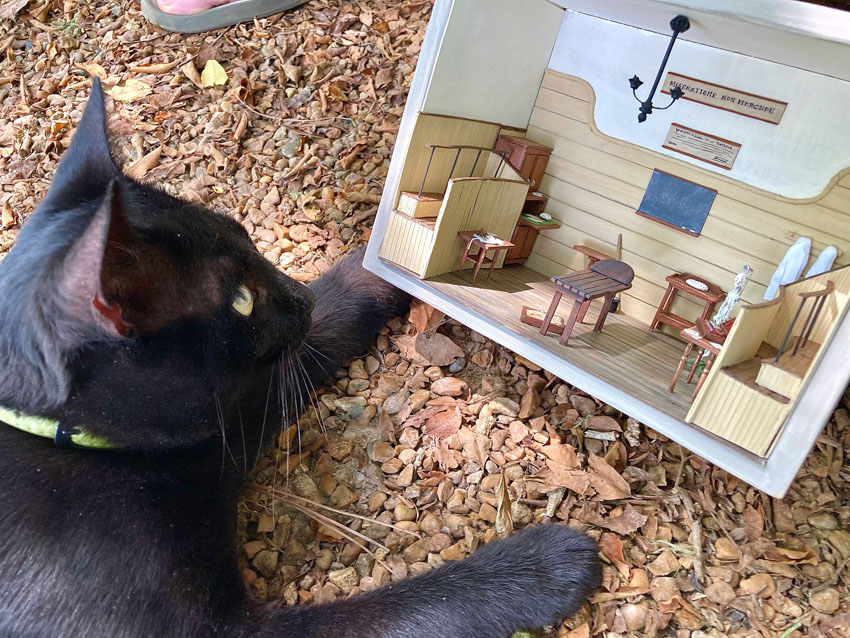
“I believe the Threefoot Building was the hardest to tackle because of the insane number of windows in it,” she said. “I'm most proud of the Oldfields project because of all the research and memories that went into it, and the Mayflower Café is simply a personal favorite.”
Asked what she’d like her artistic legacy to be, Harper says she’ll be happy if her work is considered a worthy contribution – in its own small way - to Mississippi’s preservation tradition.
“I'm not especially interested in just making miniatures for miniatures' sake, but using the models and their details to tell stories that offer a remembrance of the place, especially those no longer standing,” she said. “It's just the greatest feeling to be a part of that.”
Learn more about Lee Collier Harper’s work on Instagram: @leeharperoxford.